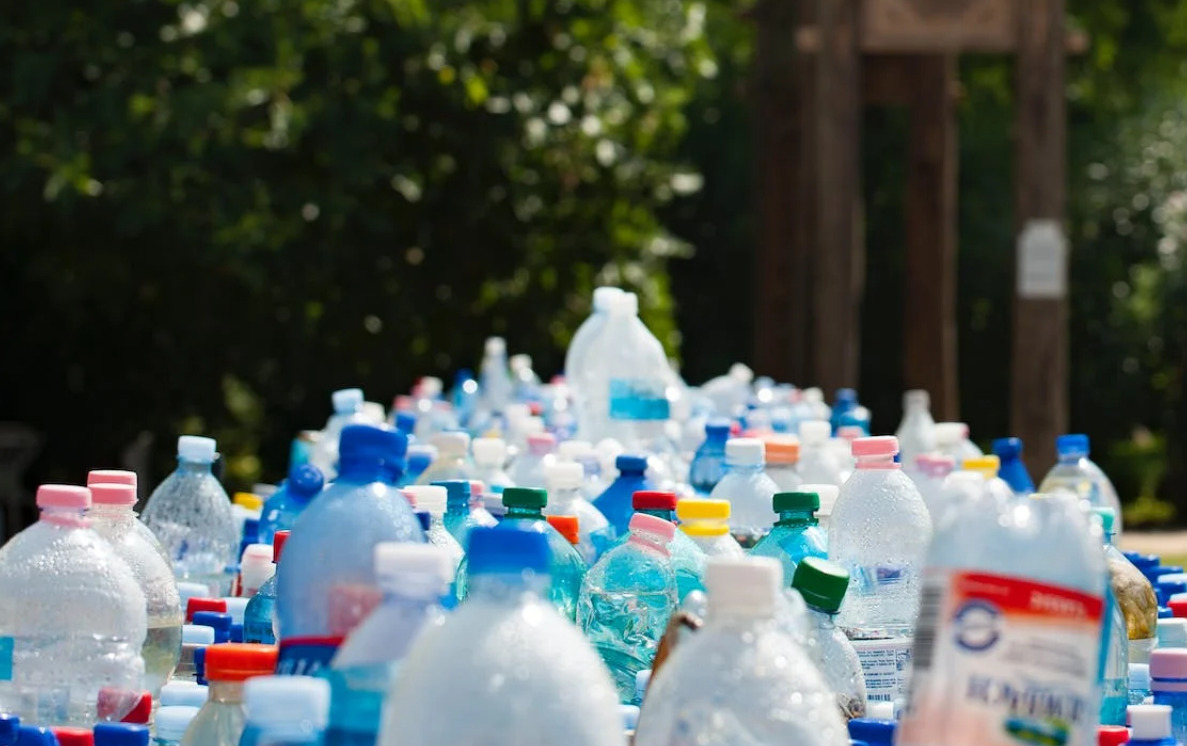The Importance of Keeping Caps On When Recycling Plastic Bottles

source: Pexels
You might be wondering why on earth you should bother keeping that cap on when you toss your plastic bottles into the recycling bin. Well, let’s get the lowdown on why it’s a good idea and how it can actually make a difference.
Why Cap On, You Ask?
So, here’s the deal: many people think that by unscrewing the cap and separating it from their plastic bottles, they’re doing a solid for the recycling wizards who work their magic at recycling facilities. But guess what? That’s not the case at all.
Once your plastic bottles, caps securely fastened, find their way to the recycling facility, they go through a pretty neat process. One of the first steps is the famous water bath. Now, why is that important? Well, hold on to your hats (or caps), because this is where the magic happens.
You see, caps are typically made out of high-density polyethylene (HDPE) and polypropylene (PP), which are some tough cookies. When the bottles are ground up and mixed in the water bath, something cool happens: the caps float while the plastic bottles sink. It’s like Mother Nature’s way of helping out the recycling crew.
Sorting Made a Breeze
Why does this floating and sinking business matter, you ask? Well, it’s all about making the sorting process a breeze. With caps neatly floating on the surface and the bottles hanging out below, it becomes super easy for the recycling facility wizards to separate the different types of materials. It’s like the Sorting Hat from Hogwarts, but for recyclables.

Fighting the Cap Conundrum on Beaches
Now, let’s talk about an even bigger issue – bottle caps. Did you know that bottle caps are among the top five most common items of trash found on beaches? That’s right, those little things can cause a big ecological problem.
When bottle caps end up in our oceans and waterways, they can be mistaken for food by marine animals. And trust me, that’s not a tasty snack for our underwater friends. It’s heartbreaking to think about the harm these caps can cause to our marine ecosystem.
Recycling for a Better Tomorrow
So, what’s the big takeaway here? Keeping the cap on when recycling plastic bottles isn’t just about convenience for recycling facilities; it’s about making a positive impact on our environment. By doing this simple act, you’re helping to prevent caps from becoming marine debris and ensuring that plastics can have a second life.
In a world where environmental concerns are front and center, every little bit counts. So, the next time you finish off a plastic bottle, remember to screw the cap back on before tossing it in the recycling bin. It’s a small step that can lead to big changes.
Let’s be cap-savvy recyclers and do our part to protect our planet. Keep those caps on, folks! Together, we can make a world of difference, one plastic bottle at a time.